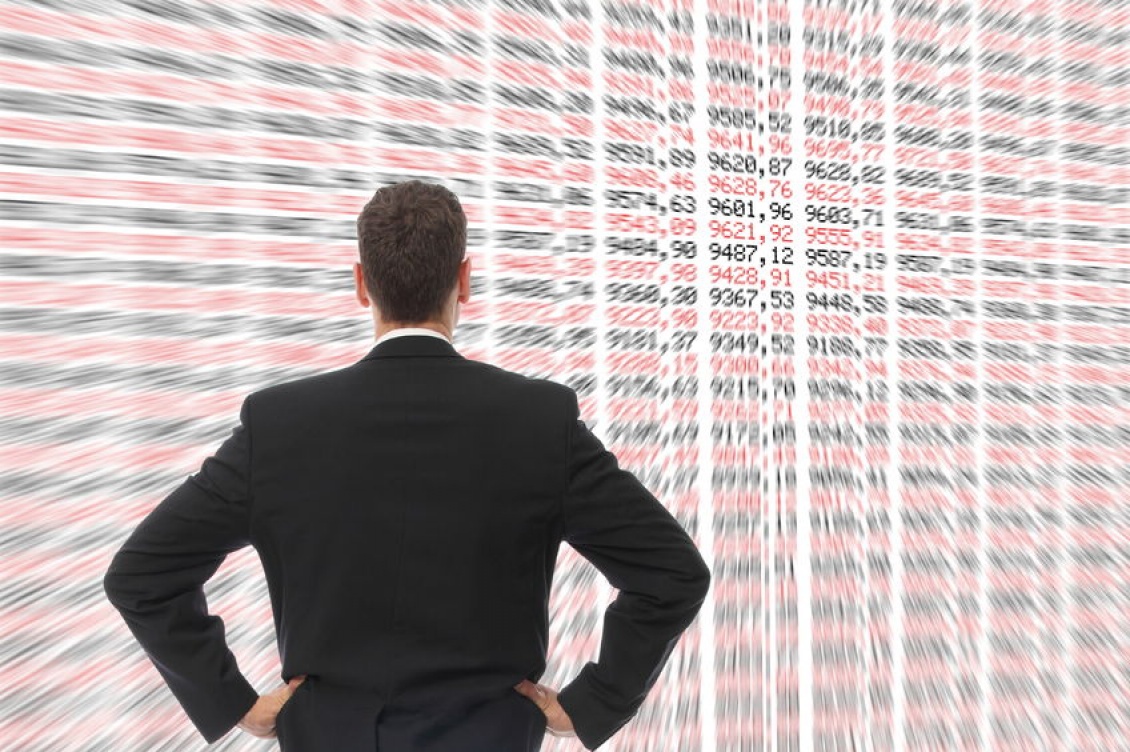Stock Market Turmoil: What Caused The Big Drop?
You are probably feeling panicked after the chaos last week, so let’s take a step back and look at the stock market turmoil as objectively as possible.
The recent downdraft is suffocating markets and players; it is uncomfortable at best and quite scary at worst. Never in market history has the Dow Industrials dropped 1,000 points – and it happened twice last week. About one third of the wealth created during 2017’s bull market was wiped away in a few short days.

Copyright: rioblanco / 123RF Stock Photo
Volatility short sellers started the stock market turmoil
About 90% of the selling last week was done by short sellers of volatility products, which imploded in their faces. For years, this was a successful play, and a lot of traders were using this strategy. When the VIX (volatility index) rose 100% on Monday, short volatility products like XIV and SVXY were toast.
A 100% move up in VIX meant this products would shoot down to zero, and beyond that they would go negative. Because these products have an “out” clause that allows traders to terminate at an 80% loss, they did – in droves. I doubt anyone who was long these inverse products expected this or even thought about the consequences (a massive loss). It was truly a ticking time bomb, the black swan event that the smart money knew would happen eventually.
Why was the damage so widespread?
Put simply, the trade needed to be unwound, which takes time. To offset long volatility (the unwinding that needed to take place), traders shorted SPX futures. This strategy continued for the entire week. Check out the charts of VXX, VIIX, TVIX and others to see what I mean. Algorithm trading compounded the effect, which is how/why such big moves can occur.
When will it end?
This selling won’t continue for too much longer, but of course I have no idea when it will end. When it does end, we will likely see a massive rally take place that most traders will end up missing (or joining at very late stages). Remember what happened after Black Monday in 1987? Eighty percent of those losses were recovered in about two weeks.
Make no mistake – there is some technical damage to the chart. It will be tough to exceed the highs we reached just a couple of weeks ago. Fortunately, the fundamental picture looks strong and is improving.
The big money players – the ones we like to follow – are rattled. With two-1,000 point drops in the Dow, a 100 point drop in the SPX 500, heavy mutual fund outflows and volatility readings in the 30% area, the big money is not buying stocks. When conditions improve and stock market turmoil recedes, the big money will be back – and so will we.



